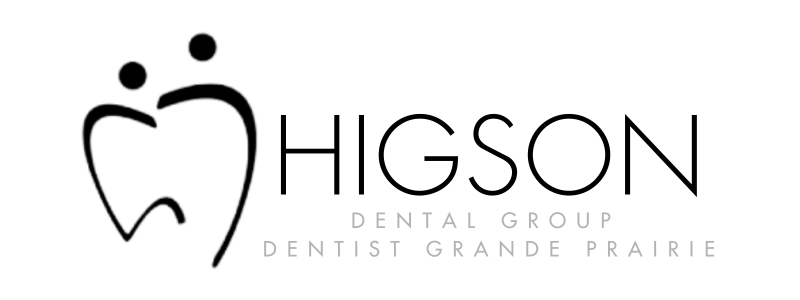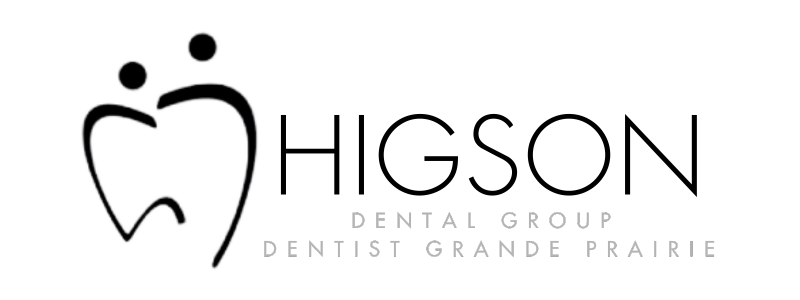Dental Dictionary
Avulsed
Bitewing
Canine
Canker sore
Cast
Chlorhexidine
Clasp
Cross-bite
Crown (porcelain/plastic/metal)
Decay
Dentistry
Denture (Immediate/complete/partial) (overdenture/temporary)
Denturist
Endodontics
Eruption
Flipper
Fluoride
Fracture
Framework
Gingivitis
Impaction
Implant
Inlay
Mouthguard
Orthodontics
Panoramic Radiograph
Pre-authorization
Prescription
Prosthodontics
Restoration
Root canal
Veneer
Wisdom tooth
Featured Review of Higson Dental Group - Dentist Grande Prairie by Pam H. on Google
I have been going to this dental office for 15 years or more. Three generations of my family go. Believe me, they go the extra mile to dispel any fears, especially for children, take the time to listen to any concerns, are professional, friendly and above all - are very good dentists, hygienists and dental assistants working in a relaxed atmosphere. Last time I was in I was surprised I could charge my cell phone while waiting for my appointment while my grandchild played in the modern equipped play area. For anyone with time restrictions this office runs on schedule.
We're Proud of Our 5/5 Rating Across 140+ Reviews on Google
Serving the Following Alberta Communities in the Peace Country:
Grande Prairie, AB • Spirit River, AB • Valleyview AB • Beaverlodge, AB • Fairview AB • Peace River AB • Grimshaw AB • Sexsmith AB • High Prairie AB • Falher AB • Grande Cache AB
Contact Us
10508 67th Avenue, 3rd Floor
Grande Prairie, AB T8W OK8
Toll Free: 1-800-215-8253
Phone: 780-532-4661
Fax: 780-532-7059
Patient Info
Dental Health
Treatments
Grande Prairie, AB • Spirit River, AB • Valleyview AB • Beaverlodge, AB • Fairview AB • Peace River AB • Grimshaw AB • Sexsmith AB • High Prairie AB • Falher AB • Grande Cache AB
10508 67th Avenue, 3rd Floor
Grande Prairie, AB T8W OK8
Toll Free: 1-800-215-8253
Phone: 780-532-4661


